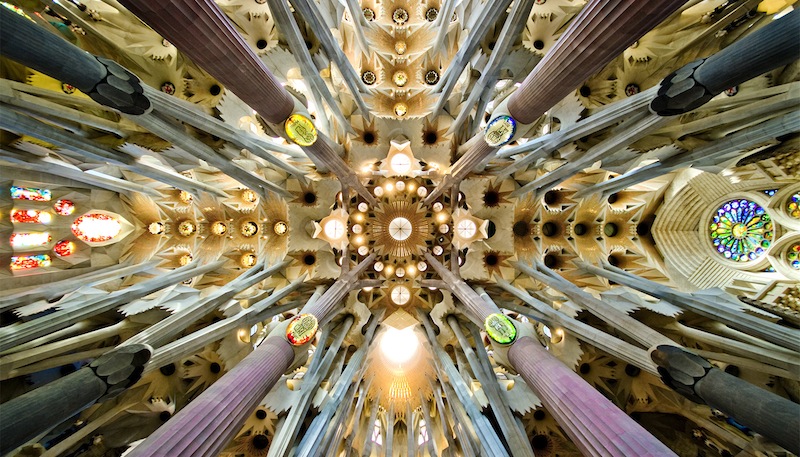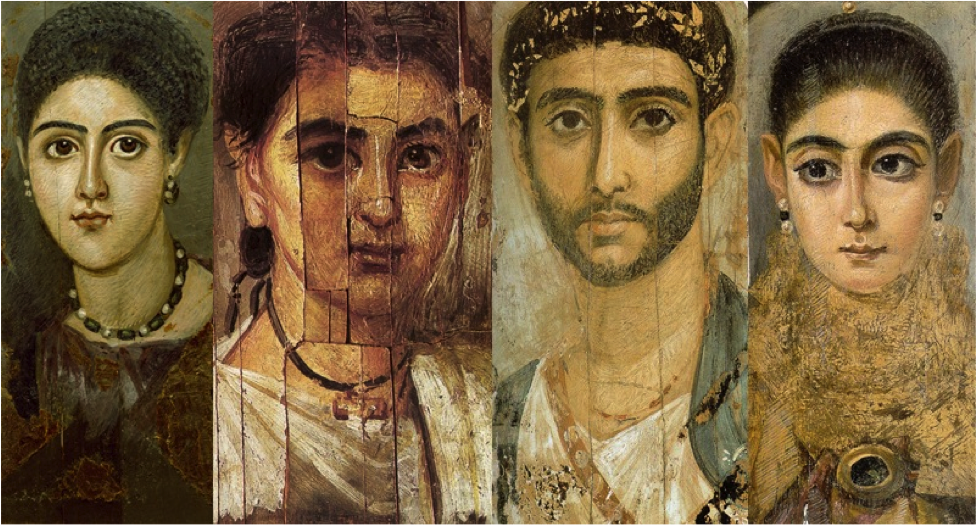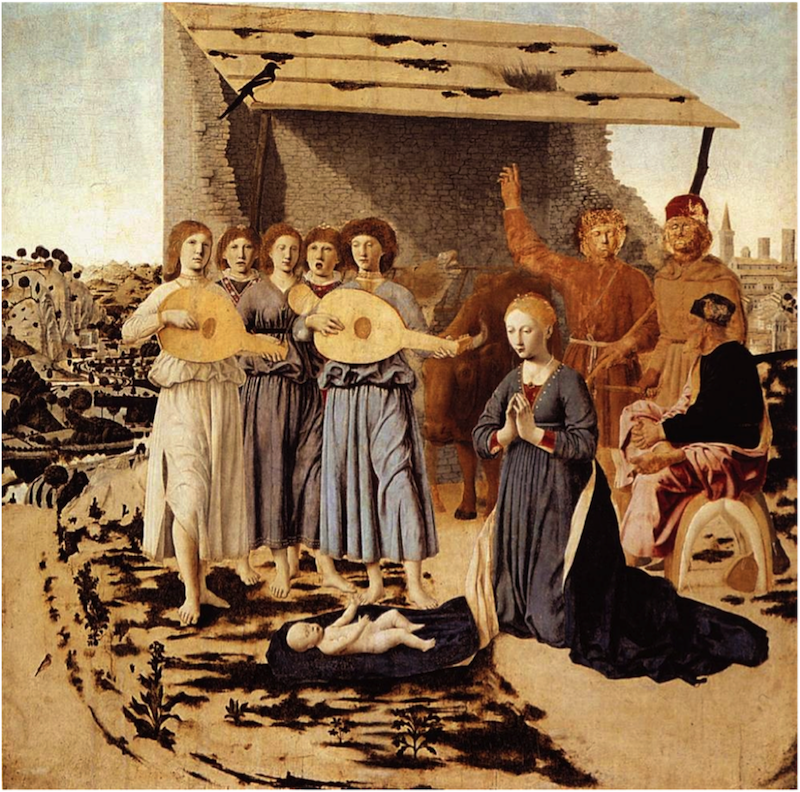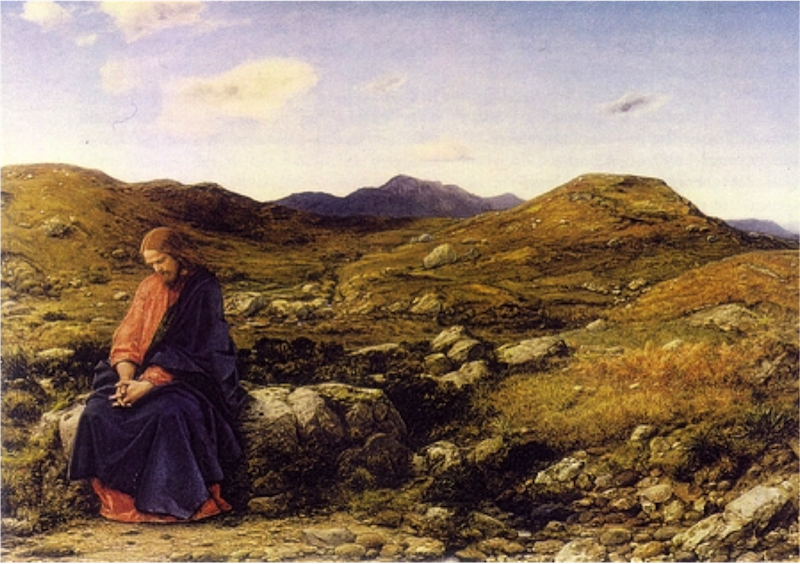A Part of "The Divine Project"
Mary McCampbell
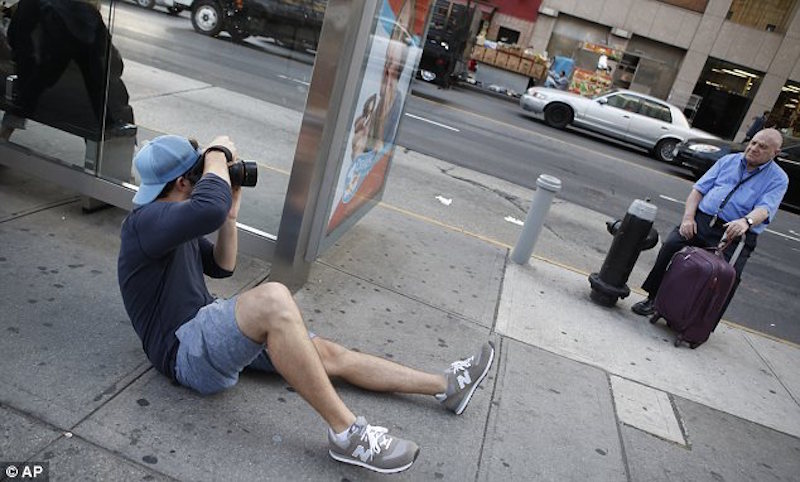 In a lecture I attended last week called “The Sound of Freedom: the Music of Liberation,” Dr. Jeremy Begbie explained that, “The divine project is to re-humanize, not de-humanize.” As we partake in the transforming work of Christ on this earth, we are to learn, teach, and act out our own humanity and cherish the humanity of others by imitating Christ. This is an embodied work; Christ took on flesh and “dwelt among us,” wearing the very humanity that He had/has given us.
In a lecture I attended last week called “The Sound of Freedom: the Music of Liberation,” Dr. Jeremy Begbie explained that, “The divine project is to re-humanize, not de-humanize.” As we partake in the transforming work of Christ on this earth, we are to learn, teach, and act out our own humanity and cherish the humanity of others by imitating Christ. This is an embodied work; Christ took on flesh and “dwelt among us,” wearing the very humanity that He had/has given us.
It is a challenge to think through how our human embodiment, a partaking in Christ’s humanity, acting as his healing feet and hands, applies to our strangely disembodied, ever-changeable, presence in virtual communities. We encounter others online, but the encounter is not in the flesh; and when we don’t look directly into the Imago Dei eyes of another human being, it is quite easy—and maybe even tempting—to forget about the “divine project” of “re-humanizing.” In my last post, for instance, I wrote about the painfully cold, judgmental, and sometimes even cruel comments that were so casually strewn around the internet in response to the Brown and Garner verdicts and the #BlackLivesMatter movement.
In When I was a Child, I Read Books, Marilynne Robinson explains that, “Community, at least community larger than the immediate family, consists very largely of imaginative love for people we know or whom we know very slightly." On the Internet, we are continually and often, concurrently, encountering friends, acquaintances, and strangers; it can be hard to generate “imaginative love” for these people, to truly have community with them, when we are unable to look into their eyes, hear their voices, sit in the direct presence of their stories. Louis C.K. poignantly highlights this often cruel disconnect when explaining why he won’t let his children have cell phones. He claims that “these things are toxic…they don’t look at people when they talk to them…they don’t build empathy.” He then comically explains that when a child hurts someone to their face, it might even be ultimately painful for the offender as his or conscience is pricked; but when these comments are written online, it provides a false, dangerous high, a buzzy self-satisfied feeling.
As we are rapidly transitioning into a largely online culture, we must work to learn how to “re-humanize” ourselves and others even via an isolating screen. This has been on my mind quite a lot lately because of the amazing ongoing story of the ways in which photographer Brandon Stanton, the photographer behind Humans of New York, and his Facebook community of thousands, raised over one million dollars to enable students from Mott Hall Bridges Academy in Brownsville, Brooklyn to take a yearly visit to Harvard University. This project started from a simple encounter between Stanton and a thirteen-year-old boy named Vidal who told the photographer that his greatest hero is his school principle, Ms. Lopez, because, among other things, “she told each one of us that we matter.” Vidal is a profoundly sensitive and perceptive young teenager; in one interview, he explains that in the projects where he lives “some of the people around here aren’t friendly. I don’t think it’s a sadness or an anger that they feel, but a sort of emptiness.”
Stanton was so touched by Vidal’s story—and the impact that his principal has had on his life—that he went to Mott Hall Bridges Academy to find Ms. Lopez, who explained to him that the students at her school are always referred to as “scholars,” and that everyone at the school wears purple to remind them that they are royalty. Stanton has since photographed and interviewed Vidal’s mother, as well as many students and teachers at the school. All of these stories are both painful and beautiful; all of them are powerful and deeply human. For years, Brandon Stanton has walked around New York taking photos, coupling them with short quotes or stories directly from the mouths of those being photographed. There is something sacred about this connection between photograph, story, and viewer. There is a great deal of kindness, generosity, and a complete lack of judgment in Stanton’s bold, yet gentle, photography. He does not seem to see those he photographs as merely subjects, but as truly human, and because of this, he enables us to hear their voices. Many of these images and stories are breathtaking, quickly leading the viewer to tears or laughter and, in the case of Vidal’s story (and many others), to real empathy. This is not the first time Stanton and his followers (he currently has almost 12 million) have started a fund raiser, creating an almost embodied online community in order to rally around a “real” person whose story is briefly shared via their own words and their sacred eyes, eyes that might be either downcast or full of light. On Brandon Stanton’s Facebook page, there are, as Schaeffer says in the book of the same name, “no little people.”
When interviewed, Ms. Powell, one of the teachers from Mott Hall Bridges Academy, expressed her frequent discouragement as she asks herself: “How do you fill in the gaps created by the years of mis-education?”. She goes on to say: “Sometimes it feels so hopeless you want to give up. But I was up at 2 AM the other night, reading all the comments people were writing on the posts about Ms. Lopez, and I just kept scrolling and scrolling and scrolling, and it reminded me that I have a purpose and I need to keep going.” This brief story is an example of re-humanization, the ability of a community—even an online community of strangers—to work together in “imaginative love,” to bless other human beings by listening to their stories, by having conversations, even by raising funds to create opportunities for children that have often been underserved and ignored.
Jewish philosopher Martin Buber claimed that “all real life is meeting…all actual life is encounter.” With Humans of New York, Brandon Stanton has created opportunities for us to have “real” encounters with the humanizing story of another. And, as Buber also notes, any time we allow ourselves to have a real encounter with another human being, it is impossible not to be changed ourselves.

